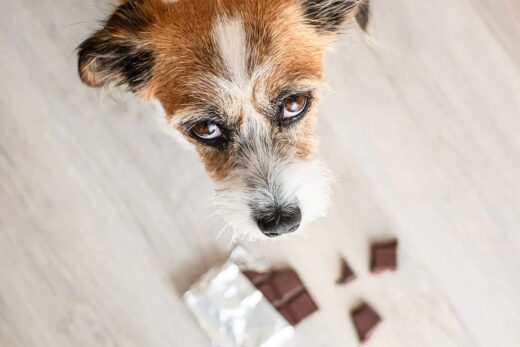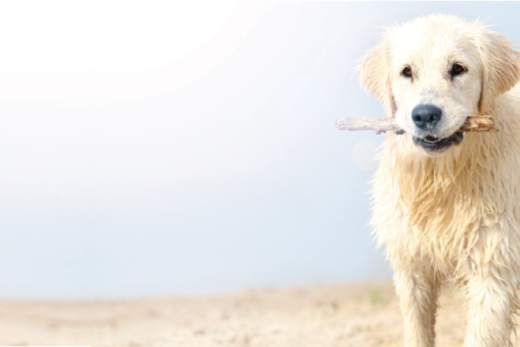Your cat’s curious nature is likely one of the things you love most about them. However, this same characteristic can get many cats into trouble. In fact, the ASPCA Animal Poison Control Center (APCC) receives almost 250,000 calls every year from pet parents who suspect their cats and dogs have ingested a toxic substance. That’s far too many close calls, and every pet’s life lost due to accidental poisoning is too many. So, in honor of Poison Prevention Awareness Month, we wanted to educate cat parents on the possible household toxins that may be lurking around their homes.
Household Toxins That Could Harm Your Cat

When it comes to your cat’s health, prevention is always better than treatment. Not only could 10 minutes of identifying and locking up potential poisons prevent your cat from getting sick, but it could also save their life.
Check out these feline toxins then download your own toxins guide to keep handy on your fridge or to share on social.
1. Antifreeze
While most people know that antifreeze is toxic for cats and dogs, many are surprised to learn how little of this substance can harm their cat. It only takes an eighth of a teaspoon per pound of your cat’s weight for antifreeze to be fatal to your cat. For kittens and small cats, this can mean walking through a small puddle of antifreeze beneath a car.
Over the past two decades, many states have passed laws that require antifreeze makers to add a bittering agent to their products to deter cats and dogs from lapping up the sweet substance. Most antifreeze manufacturers have also agreed to add a bitter substance to their products sold in the U.S. However, this doesn’t protect cats that accidentally come in contact with the substance.
How to protect your cat:
- Always clean up antifreeze and coolant spills and drips
- Dispose of empty coolant containers in waste bins with secure lids
- Store coolant containers in locked cabinets or in areas where your cat cannot access
2. Coffee Grounds
Most people struggle to make it through the morning without a cup of coffee. Additionally, we all agree that most cats are spunky enough without coffee. This may make you wonder why coffee grounds wound up on our list. Cats are highly susceptible to caffeine toxicity, and coffee grounds are one of the most common culprits due to their high concentration of caffeine.
How to protect your cat:
- Dispose of your coffee grounds in a covered waste bin
- When composting your coffee grounds, be sure your bin is cat-proofed
3. Plants
Both indoor and garden plants can be potentially dangerous to an unsuspecting cat. And while bringing blooms indoors during spring seems like a real treat for humans, your spring bouquet may put your cat at risk. In fact, many of the most beautiful spring blooms are the most dangerous for your feline friends, including:
- Lilies
- Hyacinth
- Daffodils
- Tulips
- Cyclamen
While it’s easy to identify many of these spring flowers and avoid bringing them home, many common potted plants and landscaping wonders are also extremely toxic to cats. The most dangerous include:





